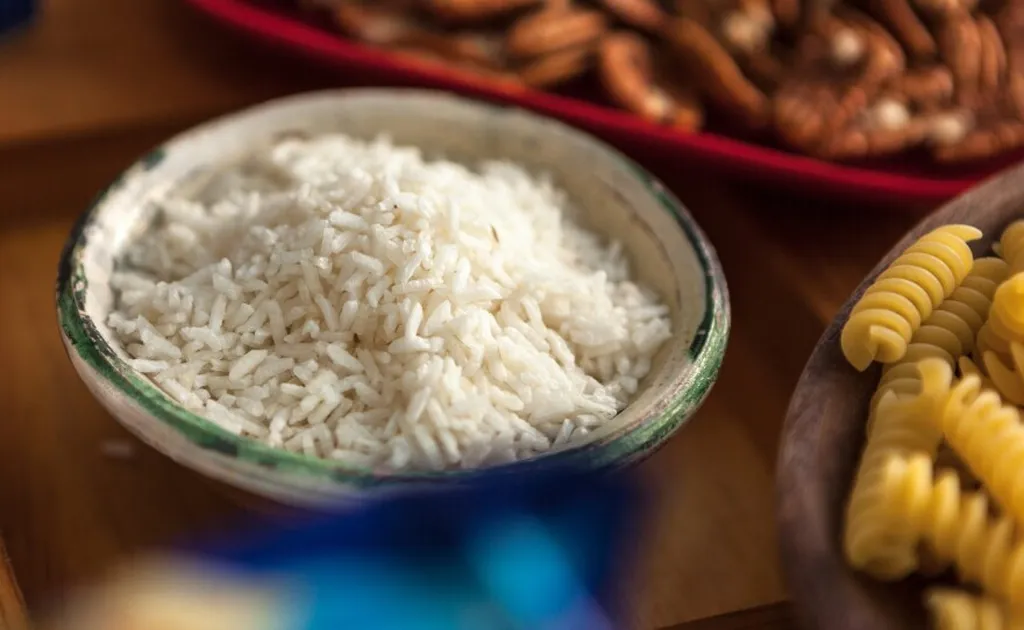In the ever-evolving landscape of agricultural biotechnology, a groundbreaking study has emerged, promising to reshape the future of durum wheat breeding. Led by Aleksey Ermolaev from the All-Russian Research Institute of Agricultural Biotechnology in Moscow, the research, published in the journal *Frontiers in Plant Science* (translated as “Frontiers in Plant Science”), has uncovered a critical genetic marker associated with grain protein content (GPC) in spring durum wheat. This discovery could have profound implications for the agricultural industry, particularly in enhancing the quality and commercial value of durum wheat.
The study, which employed a genome-wide association study (GWAS) approach, identified a significant single nucleotide polymorphism (SNP) on chromosome 4B. This SNP is located in an intergenic region but is closely linked to the serine acetyltransferase 2 (sat2) gene, which plays a pivotal role in cysteine biosynthesis. Cysteine, in turn, is a crucial component of gluten strength, a key determinant of wheat quality.
“Identifying this genetic marker is a significant step forward,” said Ermolaev. “It provides breeders with a powerful tool to develop durum wheat varieties with higher protein content, which is a critical factor for both nutritional value and commercial applications.”
The research revealed that a missense mutation (Gly325Ser) in the ninth exon of the sat2 gene is associated with a 1.33% increase in GPC. Structural analysis suggested that this mutation alters the SAT2 protein’s C-terminal α-helix, potentially influencing enzyme activity. Additionally, an intronic SNP showed an association with a multi-year average GPC increase of 0.92%. Despite not directly impacting amino acid sequences, this intronic SNP explained a high phenotypic variance (40.23% in spring wheat), indicating potential regulatory roles in gene expression.
Expression profiling of TAsat2 homologous from bread wheat revealed peak transcription during grain filling stages, aligning with grain protein accumulation dynamics. This finding underscores the importance of the sat2 gene in the protein biosynthesis pathway.
The study also developed Kompetitive Allele-Specific PCR (KASP) markers, which demonstrated robust allelic discrimination. These markers offer practical tools for marker-assisted selection, enabling breeders to more efficiently develop high-protein durum wheat genotypes.
The implications of this research are far-reaching. Higher protein content in durum wheat can enhance its nutritional value, making it more attractive to consumers and food manufacturers. Additionally, improved gluten strength can lead to better-quality end products, such as pasta and bread, thereby increasing the commercial value of durum wheat.
“This research not only advances our understanding of the genetic basis of grain protein content but also provides actionable tools for breeders,” said Ermolaev. “It’s a significant leap forward in the quest for higher-quality durum wheat varieties.”
As the agricultural industry continues to evolve, the integration of advanced genetic technologies like GWAS and KASP markers will play a crucial role in developing crops that meet the demands of a growing global population. The findings of this study pave the way for future developments in wheat breeding, promising to enhance both the quality and yield of this vital crop.
In the words of Ermolaev, “The future of durum wheat breeding looks bright, and we are excited to be at the forefront of this transformative research.” With the publication of this study in *Frontiers in Plant Science*, the agricultural community now has a new set of tools to drive innovation and improve the quality of durum wheat for years to come.

